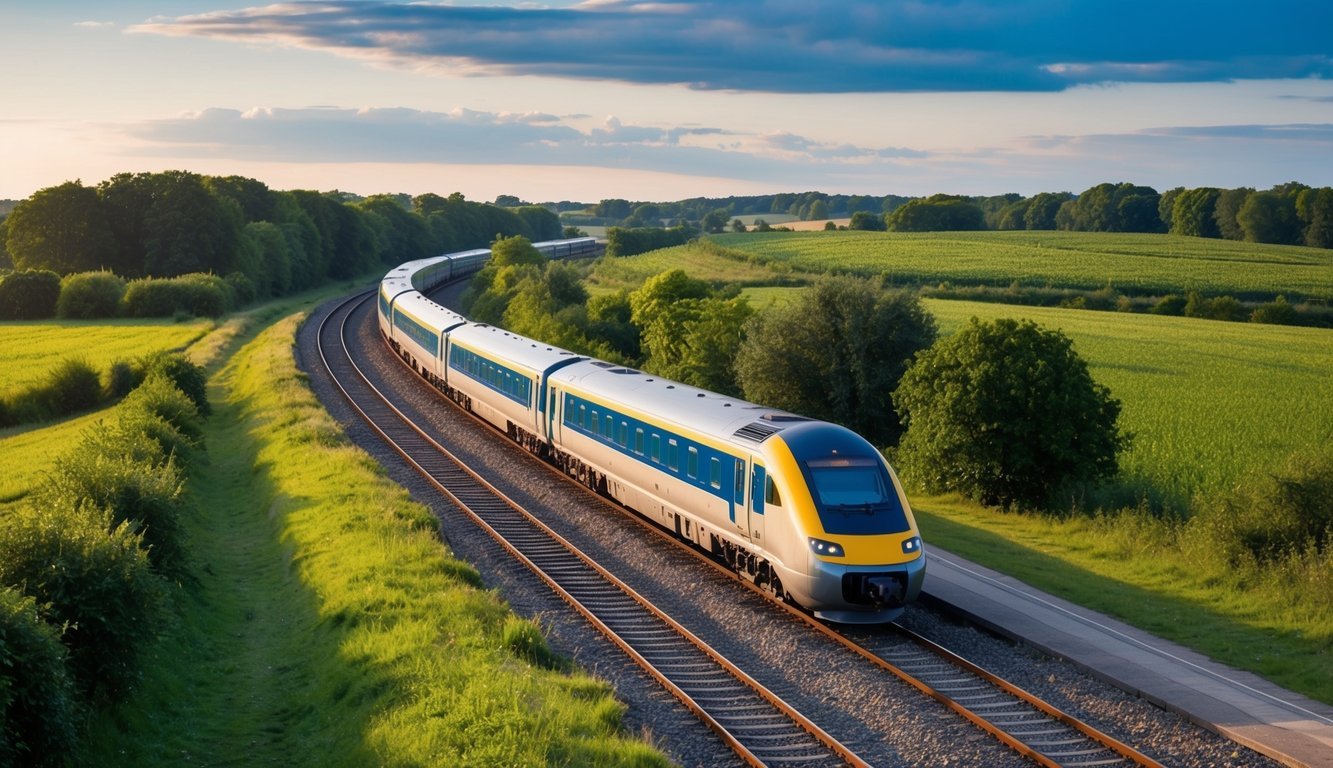The debut of the sleeper train route from Brussels to Venice hit a snag, falling short of its intended endpoint and illuminating the persistent hurdles tripping up rail travel across Europe.
This incident comes at a time when the European Union is pushing for improved rail connectivity as part of its initiative to slash carbon emissions associated with air travel.
With a vision to double high-speed train services and link all major cities by 2030, this effort signals a forward-looking commitment to sustainable transport.
Launch and Initial Challenges
On its opening night, the train, operated by European Sleeper, made several scheduled stops throughout Belgium, the Netherlands, Germany, Austria, and Italy.
The launch event in Brussels buzzed with energy, attended by politicians, ambassadors from Italy and Austria, and industry leaders who celebrated this promising venture with toasts and EU flags, all before the train set off on Wednesday evening.
However, the excitement was short-lived.
The train ran into complications highlighting the complexities inherent in Europe’s disjointed rail network, marked by varying national systems and regulations.
A sudden issue with an Italian rail authority stopped the train at Innsbruck, Austria, forcing passengers to disembark and catch another train to complete their journey to Venice.
Obstacles in the Rail Sector
This setback adds to the growing list of obstacles faced by European Sleeper as it strives to position itself as a reliable alternative to air travel.
According to the company’s co-founder, securing funding for new or refurbished carriages has proven difficult, largely due to the allure of national rail operators, which investors often regard as the safer choice.
The Venice route is set to run just six times during February and March, targeting skiers heading to the Alps.
Even though the EU has regulations aimed at simplifying cross-border travel, bureaucratic red tape continues to cause significant delays.
After persistent negotiations, European Sleeper finally finalized a timetable, only to have a last-minute ruling from Italy’s rail infrastructure office thwart the journey’s conclusion, leaving travelers with lingering uncertainties.
- Supporters of train travel insist that demand is on the rise; for example, France’s night trains carried one million passengers in 2024, reflecting an impressive 23% jump from the previous year.
- Many choosing the Venice route express strong environmental motivations for opting for trains, as flying comes with a much larger carbon footprint.
Yet, the cost of rail tickets remains a significant obstacle; a 2023 Greenpeace study stated that train fares are, on average, double those of flights on similar routes.
Looking Ahead
Rail companies argue that this price gap stems from the long-standing tax breaks on commercial aviation fuel.
They stress that unless aviation fuel is taxed, trains face an uphill battle in competing for travelers.
Simplifying regulations and promoting healthy competition in the rail sector could be key to leveling the playing field.
Meanwhile, the EU is channeling considerable investments into modernizing and harmonizing rail systems, with aspirations for a unified signaling standard to replace the current patchwork of national systems.
Despite these challenges, there remains skepticism among national authorities about allowing foreign operators into the market.
A report from former Italian Prime Minister Enrico Letta highlights the ways in which current tax benefits skew the landscape in favor of local companies.
Moves to establish a coherent booking system that allows travelers to purchase tickets across different national operators have also faced significant resistance.
Yet, there’s a sense of optimism among rail travelers.
A passenger on the inaugural Venice journey acknowledged the communication issues but expressed overall satisfaction with the experience.
The collaborative spirit and dream of a more interconnected and eco-friendly rail network in Europe continue to spark hope, inspiring many to believe in a brighter, more sustainable future for train travel.

